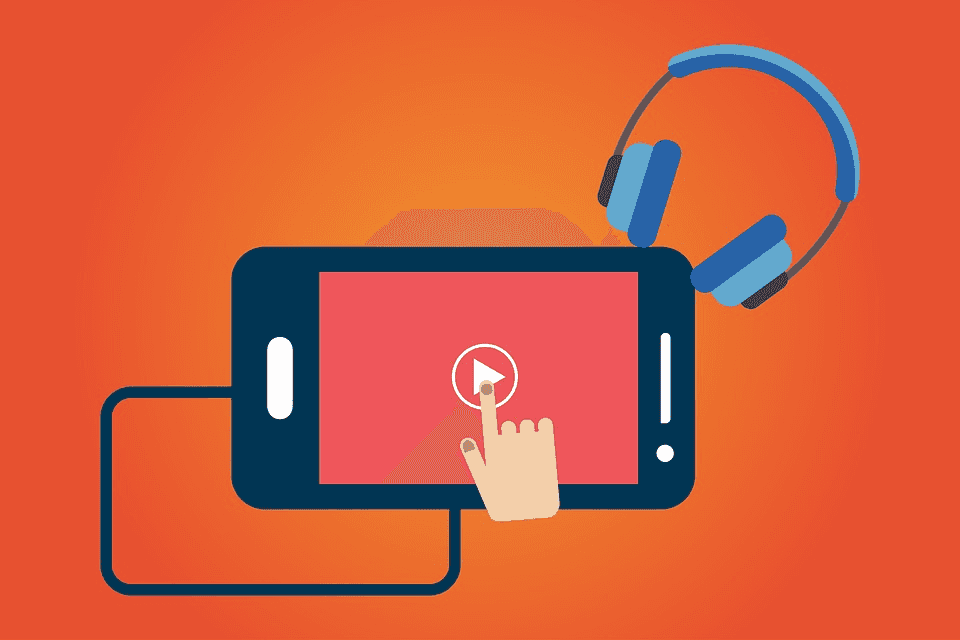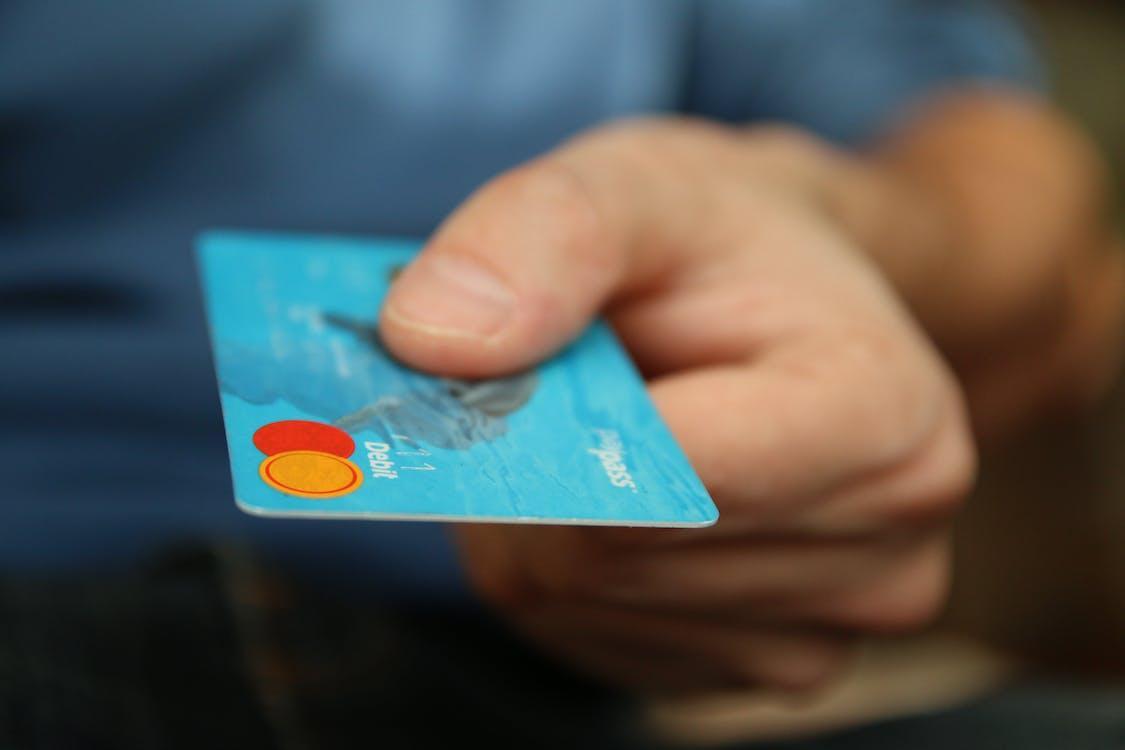How Does Student Loan Forgiveness Work in Canada? [7 Methods]
Congratulations! You’ve graduated and started building a life for yourself! However, your student debts are holding you back from achieving your dream?
Unfortunately, many former students are unable to repay their student loans, so they are wondering: “How does student loan forgiveness work in Canada?”
Below, you can review seven programs to help you with that!
What Is Student Loan Forgiveness?
The process by which federal, provincial, or private programs help students reduce or eliminate their student debt is known as student loan forgiveness.
Applicants may be able to access one or more of these options depending on factors such as their exact studies, current progress, place of living, debt size, etc.
7 Student Loan Forgiveness Methods in Canada
We know that applying for student loan forgiveness in Canada can be daunting. So, we look at seven of the best methods, their eligibility criteria, and the amount they forgive.
Note that each option comes with its pros and cons, so finding the best one is crucial to creating a repayment plan that will help you eliminate your debt.
1. Repayment Assistance Plan (RAP)
The first student loan forgiveness program everyone should look into is Canada’s Repayment Assistance Plan (RAP) which works on a federal level.
The RAP helps qualified low-income borrowers create a manageable monthly payment scheme or, in some cases, even eliminate their payments—the forgiven amount varies on the applicant’s income and family size.
You can apply for RAP at the moment you start repaying your loan or any time after that, and you must re-apply every six months if initially approved.
Note: Canada also offers the RAP-D program for persons with disabilities, which pays both the applicants’ principal sums and interest rates.
Eligibility Criteria
To be approved for RAP, students must meet the following criteria:
- They are Canadian residents;
- They apply six months after leaving school;
- They are up-to-date on their loan payments;
- They are below the monthly income limits.
Note: The larger your family, the higher the minimum income threshold. For instance, while independents have to earn less than $3,334 per month in 2023, applicants with a family of five have to earn less than $5,530.
Amount Forgiven
Initially, RAP pays for the interest you owe on your loan that is not covered by your reduced payments. However, if you are on RAP for 60 months or ten years have passed after you graduated, the program will also start covering your principal payments.
2. Student Loan Forgiveness for Doctors and Nurses
This generous program has been specially designed to meet the needs of Canada’s rural areas for qualified doctors, nurses, and other eligible healthcare workers.
Similar to the RAP program, this scheme functions on a federal level and can only be applied to outstanding Canada Student Loan balances. Therefore, you will not qualify if you converted your loan to a private loan or line of credit product.
So, doctors and nurses can still help those in need while reducing their educational loan burdens at the same time—a progressive approach that serves as a reminder that thoughtful policymaking can make a real difference in people’s lives.
Eligibility Criteria
To qualify for the program, you must meet these requirements:
- You are a Canadian citizen or permanent resident;
- You are practicing as a qualified medical professional;
- You are stationed in an underserved community;
- You have provided 400 hours of services within a year;
- Your federal loan is in good standing.
Note: You have to re-apply once per year to keep benefiting from this program.
Amount Forgiven
Doctors can receive up to $40,000 over a five-year period ($8,000 per year), whereas nurses are eligible for half that amount over the same period ($20,000 in total).
3. B.C. Loan Forgiveness Program
In addition to the federal loan forgiveness programs explained above, certain Canadian provinces also offer various debt forgiveness schemes.
For instance, British Columbia offers graduates working in-demand jobs to have a portion of their provincial loans forgiven under the B.C. Loan Forgiveness Program.
Note that this program is meant for applicants working with children or those stationed in publicly-funded institutions in underserved B.C. communities.
Eligibility Criteria
The eligibility requirements for B.C.’s provincial loan forgiveness program include:
- You are a resident of British Columbia;
- You have a B.C. loan in good standing;
- You are either working with children in B.C. or;
- You have an eligible occupation in an underserved community;
- You are not currently enrolled in post-secondary studies;
- You have worked between 100 to 400 hours in a single year.
Note: Some of the most in-demand qualifying jobs include nurse, laboratory technologist, diagnostician, speech-language pathologist, physiotherapist, etc.
Amount Forgiven
The amount forgiven varies with the number of hours worked—the maximum you can be forgiven is 20% of your total loan after exceeding 400 hours. If you worked less than that, you’d only qualify for a 10% loan forgiveness. That said, you can take advantage of this program for five years, and your interest will be paid too!
4. Québec Loan Remission Program
Québec is another province helping students via its Loan Remission Program—full-time students can have a portion of their loan covered by their province.
Québec’s Loan Remission initiative aims to support quality college and university graduates entering the workforce by offering them loan forgiveness, thus keeping them within the province to contribute to its overall success.
However, only students who have completed their studies within a specific timeframe will be accepted. Moreover, you can’t wait too long to apply after graduating.
Eligibility Criteria
Former students will qualify by meeting these requirements:
- They are Québec residents and former students;
- They have completed their studies within 16 to 32 months;
- The timeframe varies depending on the level of the studies.
- They have graduated within the last three years;
- They received a loan for each year of their studies.
Amount Forgiven
When approved for the program, Québec’s government will pay 15% of the awardee’s debt directly to the financial institution that issued the loan. Note that this remission is taxable and must be reported on an income declaration.
5. PEI’s Debt Reduction Grant Program
Prince Edward Island also looks to retain its talented students, incentivizing them with the Debt Reduction Grant Program—a student debt relief scheme.
The program was designed to help post-secondary education students overcome their financial barriers by covering their provincial student loans (PSL) and to motivate them to stay and work on the island after getting their degree.
PEI processes these applications four times per year, and awardees will have the monetary relief applied directly to their Provincial Student Loan balance. They must only complete the Debt Reduction Grant Application and submit the necessary proofs.
Eligibility Criteria
All you need to qualify for this loan reduction program is the following:
- You are a Prince Edward Island resident;
- You have lived on PEI for at least six months before your application;
- You are a recent post-secondary graduate (within the last three years);
- Your loan was issued by the PEI Student Loan Program.
Amount Forgiven
Successful candidates will receive up to $3,500 annually for their PSL portion of the loan. That said, the amount granted cannot exceed the amount they borrowed. For instance, if your PSL was $2,000, you’ll receive that much instead of the full amount.
6. Filing Consumer Proposal
While there are a couple more provincial loan forgiveness programs, let’s take a look at some private debt forgiveness methods, starting with consumer proposals.
As the name suggests, a consumer proposal is a legal process in which debtors (and their trustees) develop proposals for their creditors that have them pay a percentage of the owed sum, extend the payment window for up to five years, or both.
After your proposal is administered by your Licensed Insolvency Trustee (LIT), the creditors have 45 days to review your situation and make a decision.
If and when the proposal is accepted, you will have to pay the agreed-upon sum to the LIT directly, which will direct the funds to the lender(s).
Eligibility Criteria
Submitting a consumer proposal comes with strict requirements:
- You are a Canadian resident;
- You have an unsecured debt between $1,000 and $250,000;
- You are insolvent, and your debts’ value surpasses your assets;
- You cannot keep up with your debt payments.
Amount Forgiven
If you have been repaying your loans for a few years, a good chunk of your debt might have been eliminated by the time you file your consumer proposal.
With that in mind, the chances of your consumer proposal being accepted and the amount you would hypothetically be forgiven increase as your debt decreases.
In most cases, you can expect to win a consumer proposal that has you paying back around 50%–70% of the amount you originally owed. But the exact number heavily depends on the negotiations between you and your creditors.
7. Filing for Bankruptcy
Last but not least, if you have exhausted all other methods and are still in dire need of assistance, you have no option but file for bankruptcy—it discharges most debts but cripples your creditworthiness and ability to get new ones.
Furthermore, you must also consider the stigma and negative emotions associated with bankruptcy, as they add another level of hardship to your freedoms.
Once your LIT submits the necessary documents to the Office of the Superintendent of Bankruptcy (OSB), you will be declared bankrupt, your creditors will be notified of the fact, and the LIT will take over your financial matters.
Eligibility Criteria
Bankruptcies include more or less the same criteria as consumer proposals:
- You are a resident and/or have property in Canada;
- You owe at least $1,000 in unsecured debts;
- Your debts surpass the value of your assets;
- You cannot continue repaying your loan;
Amount Forgiven
If your bankruptcy procedure goes well, you will be discharged from all your loan obligations, including your student loans, provided you filed for bankruptcy seven years after you stopped being a student—can be reduced to five years by the courts.
Our Final Thoughts
Finding the right student loan forgiveness program can be overwhelming since each one comes with different eligibility requirements and relief amounts. To ensure you get the best possible solution, research each of the methods listed above, compare their pros and cons, and apply only when you are confident you’ll be approved. Also, you may be able to apply for more than one program. Look into it!






